To thrive in ecommerce and ecommerce fulfillment, you need to be agile. Sometimes that means reacting to the market. If I sell tank tops and spring turns into fall, then I will need to adjust. I may add coats or long sleeve tshirts into my marketing mix. On the fulfillment side, the warehouse needs to be agile too. It is somewhat counterintuitive, but most warehouse cost lies in warehouse organization. If you can find a way to optimize your warehouse, you will drastically reduce operational costs. In an effort to aid your ecommerce warehouse efficiency, we’ve created a flow bin feature for inventory management.
What is a Flow Bin?
In short, a flow bin is an easily accessible bin dedicated to a specific SKU. You keep a certain number of the SKU in your flow bin and store the rest elsewhere. When you use flow bins, you can fulfill with speed without cluttering your warehouse.
The Problem
Here is a common inventory management problem. Let’s say the fastest selling product in your warehouse is an American football. Maybe you ship 100 footballs a day. You or your client purchases a pallet of footballs a month. The problem is that you don’t have space for a pallet of footballs in your warehouse. Or maybe you do have space, but on the top shelf in your warehouse. However, you want to keep the footballs close to your packaging center because this keeps labor costs low. This is a catch 22. The footballs should be close, but a pallet clogs your walkways. The answer is to use flow bins.
The Solution
Flow bins allow you to get the best of both worlds. You can store the pallet of footballs on the top shelf and keep a bin close to your packaging center. The first step is choosing an easy-to-reach bin. This bin is tied to your football SKU. This is your flow bin. No matter what, the only SKU in your flow bin is the football. So, your flow bin is close to your packaging center and the pallet can be out of the way.
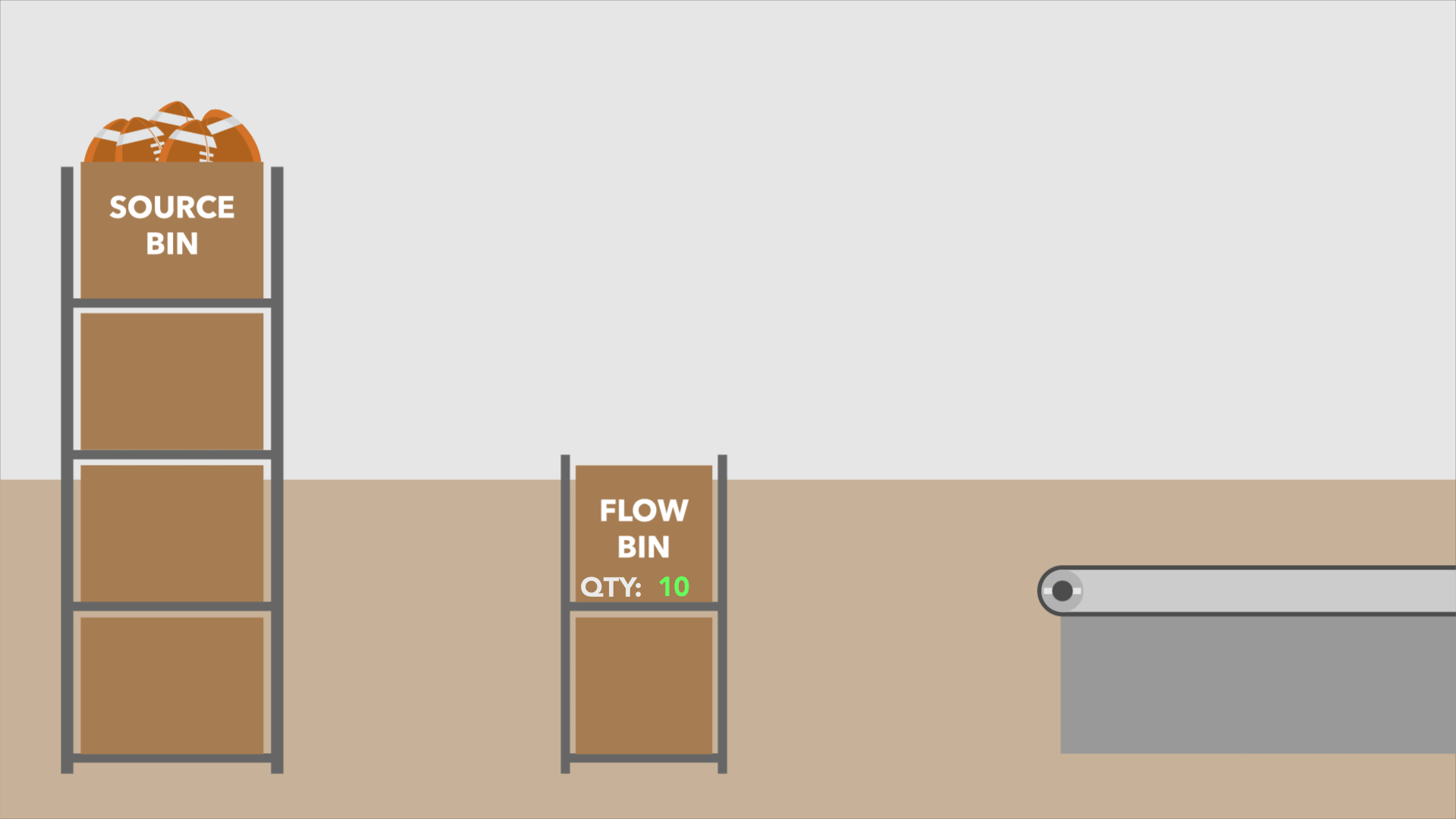
Next you set a minimum and a maximum level for your flow bin. Usually, you set your flow bin levels based on sales volume. Your minimum might be 10 and your maximum 100. But it’s entirely up to you. For simplicity sake, we will set our minimum at 5 and our maximum at 10. So, I put 10 footballs in my flow bin and as I fulfill orders I pull from my flow bin. Eventually, the quantity in my flow bin drops to 5. When the flow bin hits the minimum level, I will refill it to the maximum level from the pallet. In most cases, you can refill your flow bin at the beginning or end of every day.
What Makes a Shipedge Flow Bin Unique?
Let’s say you don’t have an inventory management system or your inventory management system doesn’t have a flow bins. You are still probably going to create a flow bins or a quasi flow bins. You might have an area for your pallet and a bin close to your packaging center. The difference between what you are doing now and a Shipedge flow bin lies in the system. What happens when you want to move product from the pallet to the flow bin? One option is to go into the inventory management system and move products. If you have multiple flow bins, this takes time. Another option is to do nothing. You just move the items as you will and none is the wiser. This leaves a lot of room for error. You could miscount, misplace, or misinterpret. Plus you still need to keep your inventory levels up to date, which leaves more room for error. Also, when an order comes in, which location does your inventory management system tell you to pick from? There is even more room for error and mistakes.
How the Flow Bin Works in Shipedge
So, you’ve set your flow bin minimum and maximum. The hard part is done. When an order comes in, the system sends the picker to the flow bin. When your flow bin needs to be refilled, the system tells you. And you can refill all of your flow bins at the same time. You go to one page and click one button. Shipedge tells you what and how much to pull from where. You pull the items, refill your flow bins, and you’re done. Shipedge keeps track of everything, so you have full visibility over each flow bin and each source bin.
Current Clients
If you are a current Shipedge WMS client, you can learn how to set up the flow bins here. You will need to sign in for access to the documentation.
Conclusion
Flow bins are a powerful tool for warehouse organization and your inventory management system. When you decide to use flow bins, you get a dedicated bin for your fastest products. Shipedge keeps track of your flow bins and your source bins, so you have full visibility. This is the easiest inventory management trick to keep your operations flowing. If you want to learn more about flow bins and the Shipedge inventory management system, you can contact us here.
Too Long Didn’t Read
- Flow bins enable you to keep some product close to your packaging center and the rest elsewhere.
- With flow bins you reduce clutter in your warehouse and keep your floors clear.
- Shipedge manages your flow bins and source bins.
- Shipedge directs you to the flow bins to fulfill orders and the source bins to fill the flow bins.
- If you are a current client, you can learn how to set up the flow bins here.


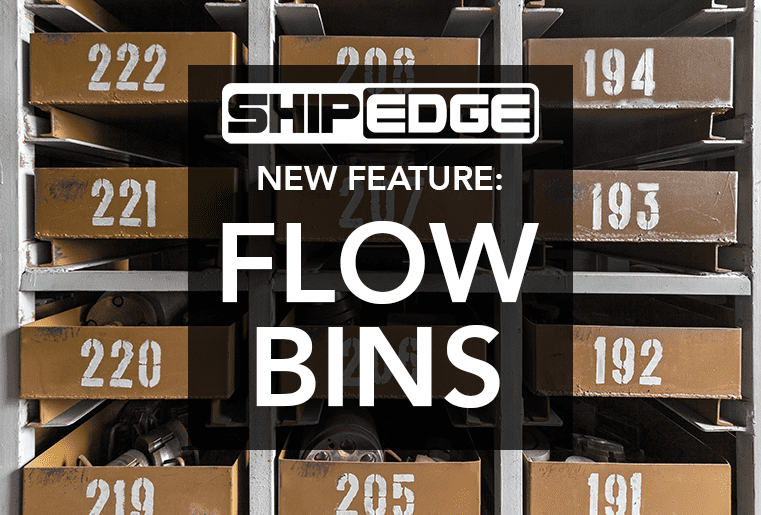



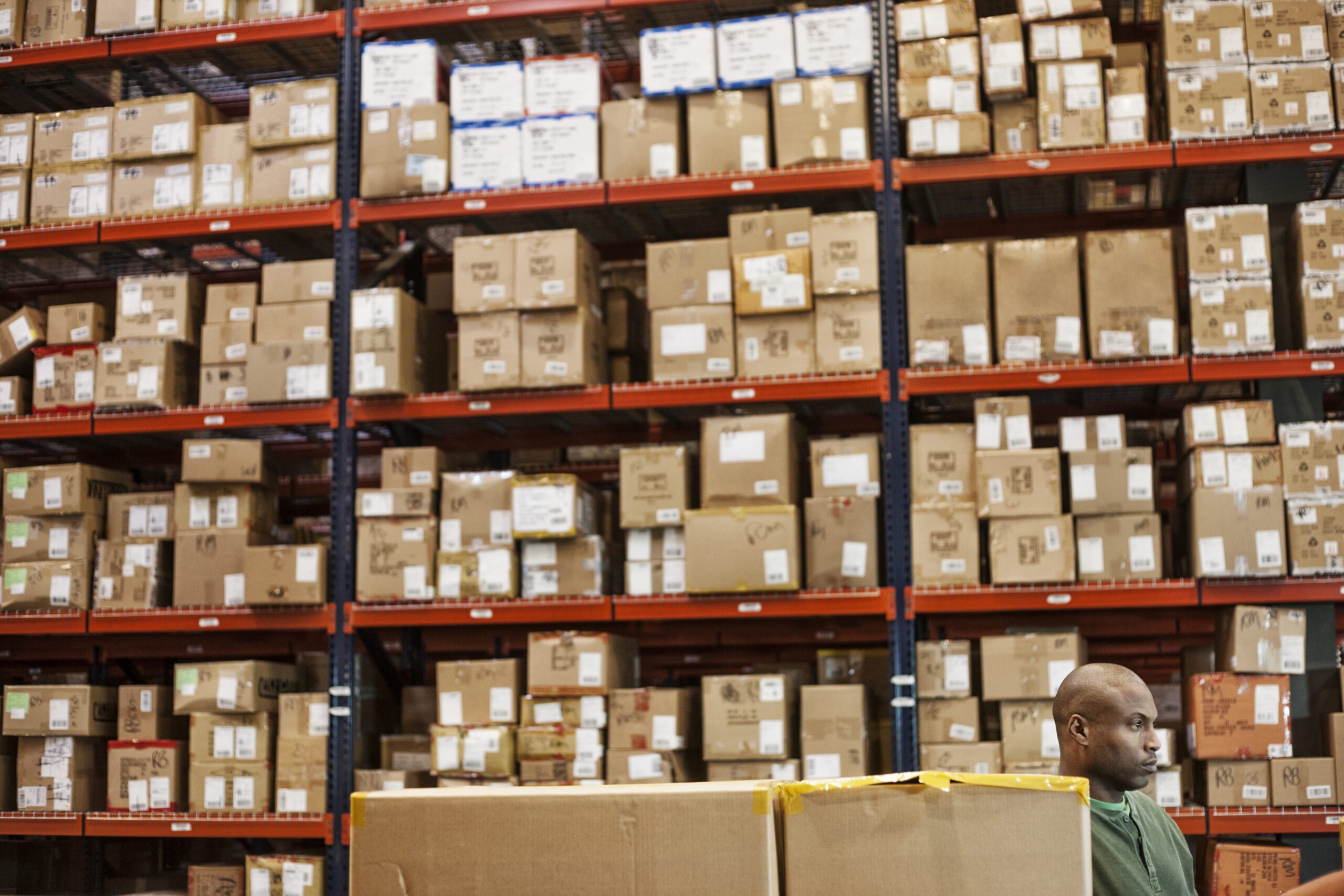



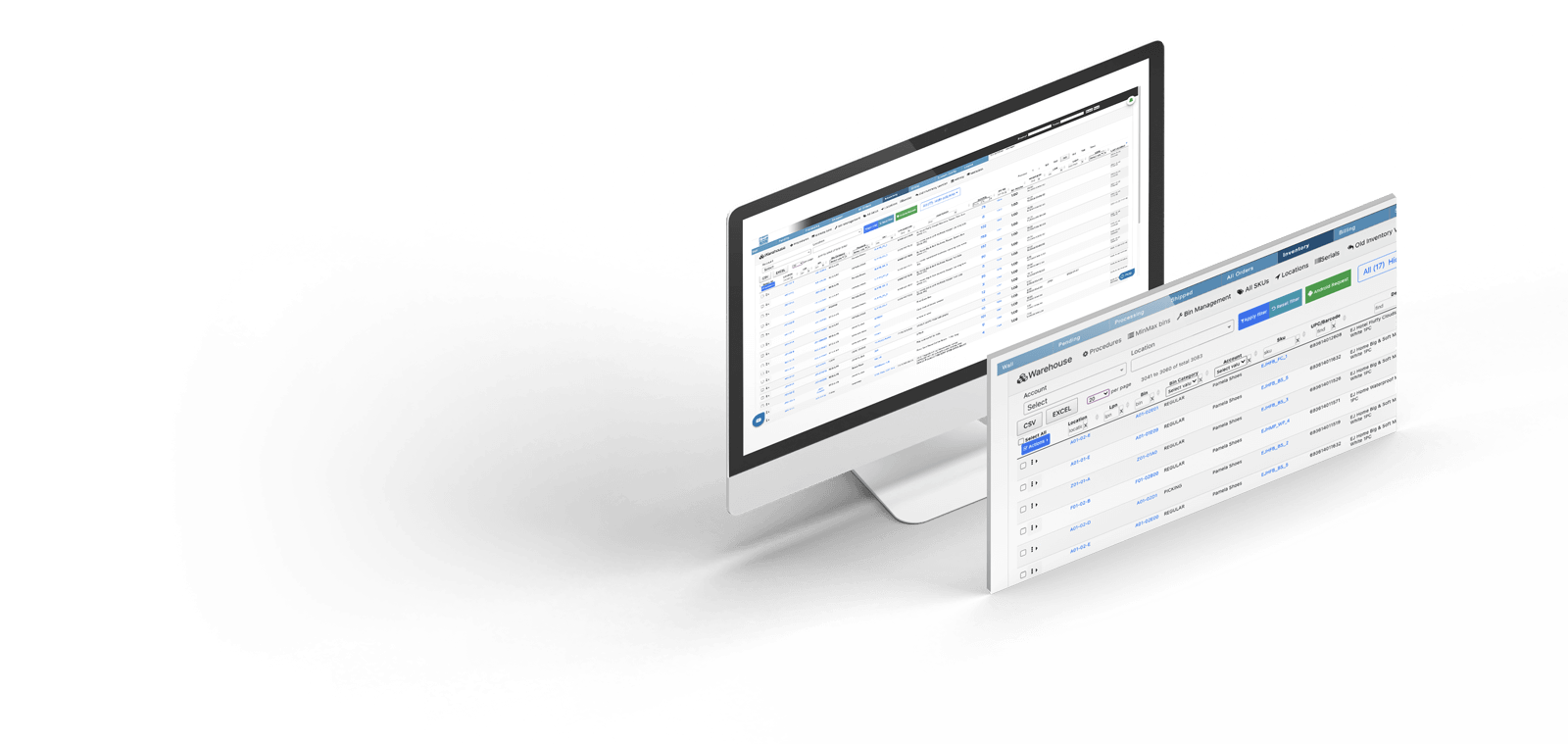
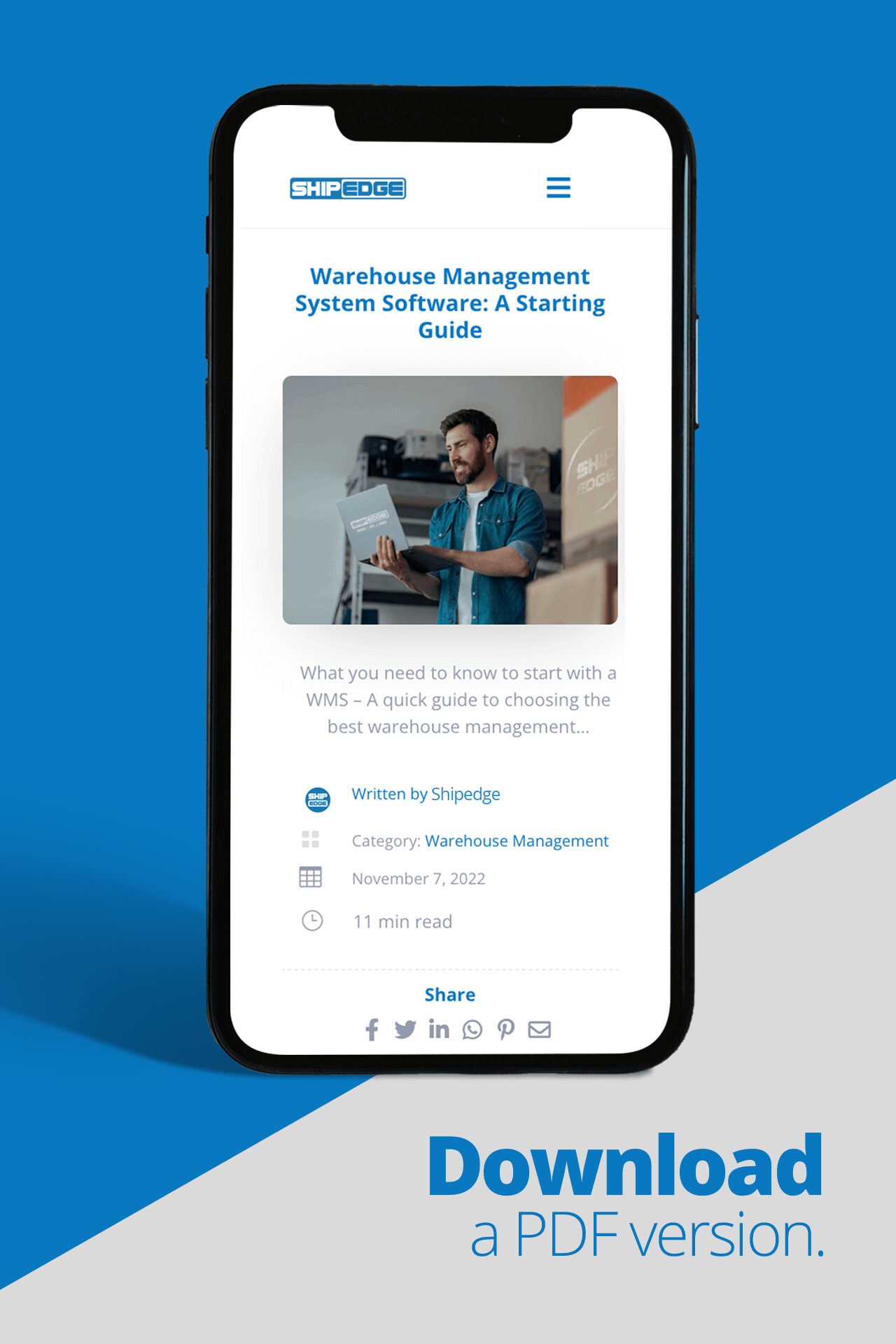
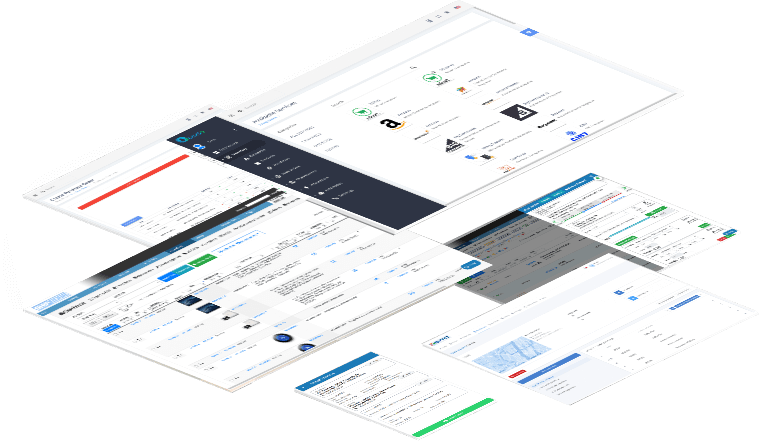

0 Comments